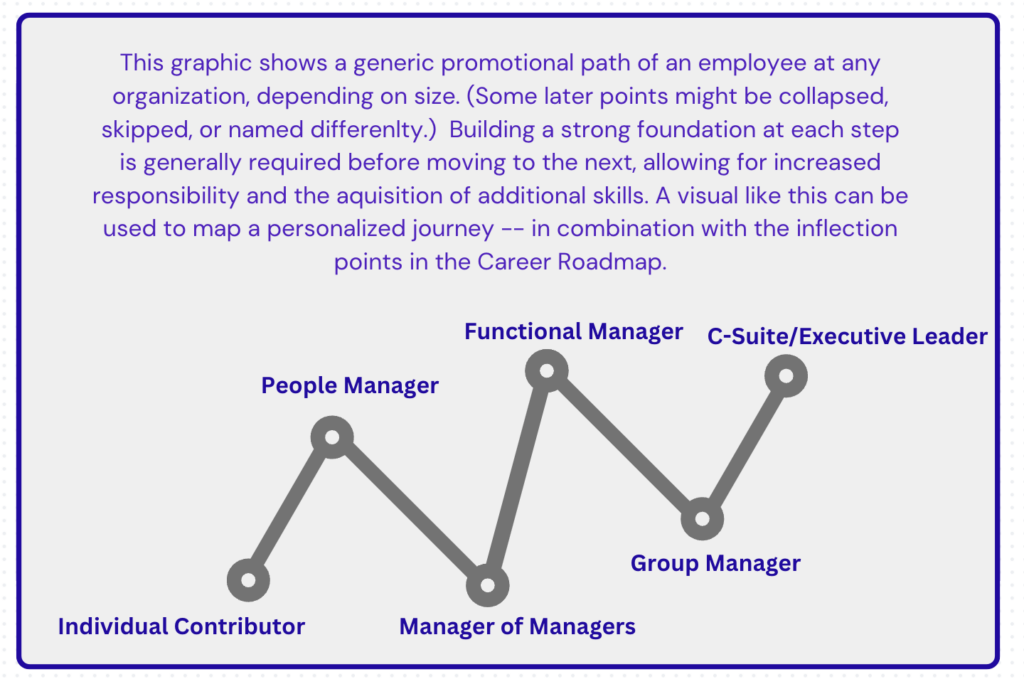I once worked with an organization with a wildly broken and inequitable compensation system. Hiring was driven completely by individual hiring managers, and it was up to them to advocate for whatever salary they felt appropriate. This means that people started at very different starting points depending on their team.
Then there was the mess of promotions.
In my experience there are two distinct paths to an increase in compensation – one is a promotion, and one is an incremental increase — sometimes based on performance and sometimes a Cost of Living Adjustment (COLA).
- Performance-based increases generally reward strong performance and allow employees to be compensated more while keeping the same job (usually with the same title).
- Promotions, on the other hand, typically include a title change and represent a change in responsibilities.
At this organization, these two paths were often conflated – everything was called a promotion, title changes were given out without a change in role, and worst of all, there was no consistency from one team to another..
In fact, the historical precedent at this organization was to grant promotions based on longevity. “You’ve been here 2 years, you are now a Senior Associate.” Someone who was hired as a Director would, a few years later, naturally become a Senior Director. In many cases, though, there was no change in the individual’s role and there was no rhyme or reason to the title structure or the related compensation – they were made up as people went along.
This resulted in a comp system that haphazardly paid employees based on who their manager had been and how much thought they put into promotions. As a result, an analysis of titles and compensations showed that, essentially, titles meant nothing. People with similar levels of responsibility had titles from Senior Associate to Senior Director and beyond, and their salaries were all over the place.
It took a huge effort including market analysis, recreation of job descriptions, and the implementation of a new title and comp structure to fix the problem. But there was still an issue of promotion. People wanted to know how they could move up to a new title and a new salary band.
I no longer work with that organization, so I’m not sure what they did. But I know how I would have answered the question.

Promotions require a need for a new role to be filled, which might arise in one of two ways: 1) a vacancy or 2) an organizational/strategic need to expand an individual’s job responsibilities to meet a new or evolving business need. Promotions aren’t just gifts you are “due” for executing on your current job.
It is completely reasonable and good for an employee to be thinking about his or her career path and opportunities for promotion. But, in order to set yourself up for promotion, you need to do TWO things: execute well on your current job AND build the skills to move into a role with additional responsibility. That role might not exist at your current organization – and that’s ok!
The key here is that you have to be thinking about both the here and now and what you want in the future in order to set yourself up to be highly promotable.
Because right now always leads to whatever is next.
Do you know someone who wants to spend some time thinking about how her individual “right now” leads to “whatever is next”? Share the sign up for the Summer Workshop Series where Session 2 will include exploring this idea together!
1 Comment
Lauren S · June 11, 2024 at 11:51 am
Love your clear and concise description of when and why a promotion should be available!